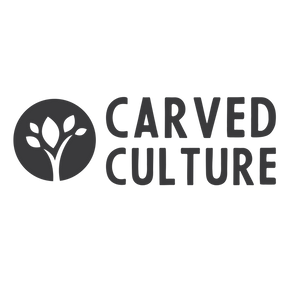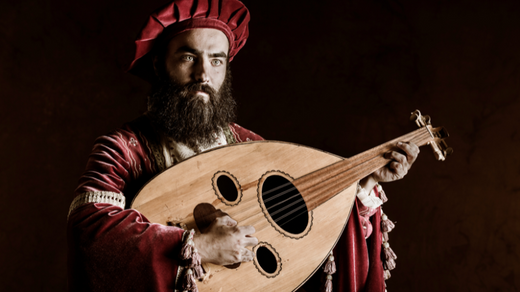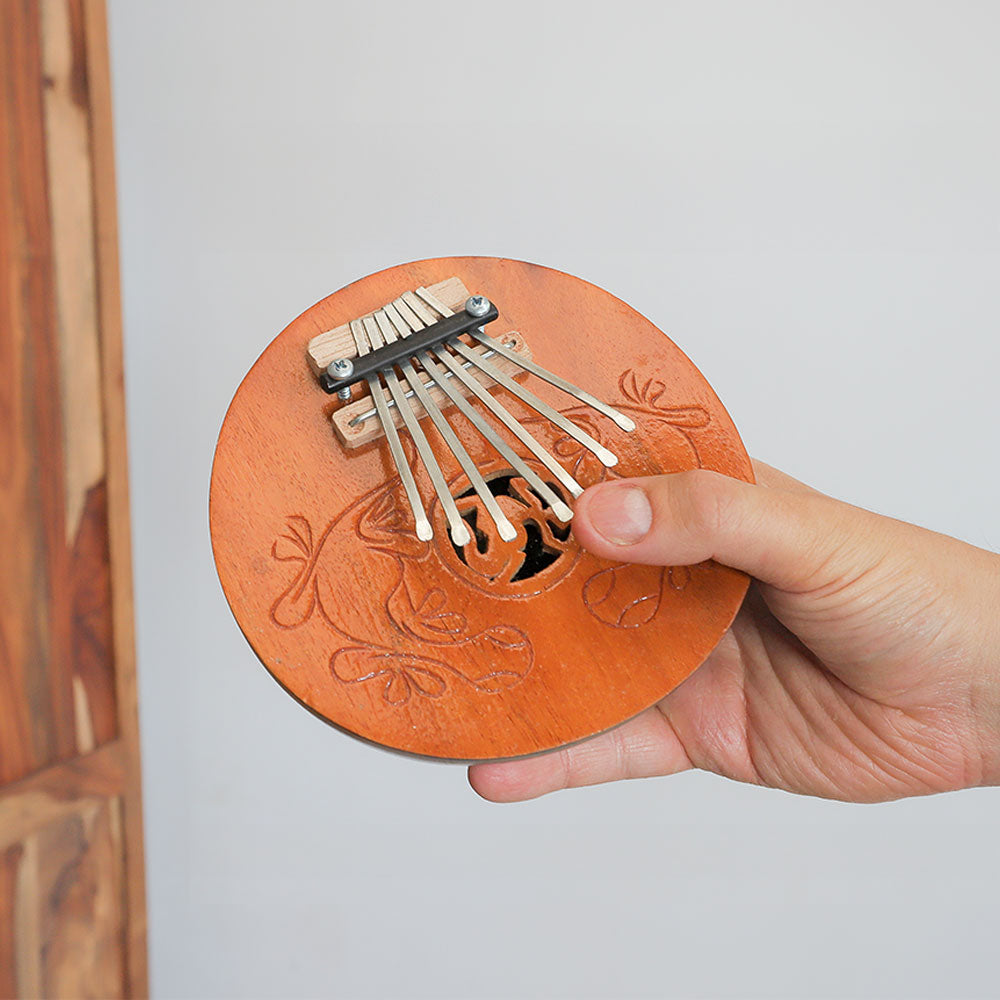Music is an art form that has been imperative to human civilisation for many years. There are many genres of music, and they are enjoyed by many people. Music encompasses expression, celebration, and connection with its listeners. Throughout time, there have been pivotal moments where music has left its mark on history. These moments have been key to how we now listen to music and experience it. We explore some of the main moments where this art form has stood out.
The Origins of Music - 1400 B.C.
The earliest musical composition, Hurrian Hymn No. 6, was discovered in Ugarit (modern-day Syria) around 1400 B.C. It is the oldest surviving musical score and offers a glimpse into the musical practices of ancient civilisations. This composition still appeals to listeners in the modern day and is an artefact that is significant in musical history.
The Birth of Opera - 1597
The birth of opera occurred in 1597 in Florence, Italy. This was the first time that opera was defined as a music genre, and it was Jacopo Peri who was the key person in the creation of this movement. It was a key moment where opera music became popular, and Peri's music continued to inspire musicians for many centuries. Opera music showed audiences how music can blend with performances.
The Rise of Classical Music - 1600-1750

There are many well-known classical musicians, which include Bach, Handel, and Vivaldi. The Baroque Era (1600-1750) was shaped by these composers, which defined the classical period as 1750-1820. Sonatas and concertos were developed during this time period, and these types of music are still enjoyed today.
The First Performance of Beethoven's Ninth Symphony - May 7, 1824
This was the first symphony that included a choir, which created a unique sound. It was first performed on May 7, 1824, in Vienna. It features the well-known "Ode to Joy," which was performed by Beethoven and enjoyed by many listeners. It explores unity and friendly companionships and was key to the change in symphonic music and is still remembered today.
The Invention of the Microphone - 1877
Emile Berliner invented the microphone in 1877, a game-changer for the music industry. Since its creation, it has continued to be used and hasn't been replaced by any other product. The invention of the microphone allowed sound and instruments to be captured and recorded.
The Birth of Jazz - Early 1900s

Jazz music began to take shape in New Orleans in the early 1900s, as it combined African rhythms, European harmonies, and improvisation. Key musicians such as Louis Armstrong and Duke Ellington helped elevate jazz to an internationally celebrated genre, influencing virtually every other popular music style that followed.
The Birth of Vinyl - 1948
In 1948, Columbia Records introduced the 33 1/3 rpm vinyl record, which became the standard for album-length releases. Vinyl records revolutionised how people consumed music, offering improved sound quality and durability than previous formats, such as shellac discs.
The First Music Video - August 1, 1981
This was a key moment in history and one that will be remembered forever by those who were born at the time. It provided another element of listening to music that allowed the fans to connect with the story of the song and also the artist. The first video was "Video Killed the Radio Star" by The Buggles, which was aired on MTV. Music videos allow artists to create a brand for themselves.
The Birth of the CD - October 1, 1982

In 1982, the compact disc (CD) was introduced, this became a competitor to vinyl at the time. Vinyl had been around for many years and was enjoyed by many people. The CD reshaped the music industry, marking the decline of vinyl and paving the way for the digital era. CDs provided a better sound and were more durable than vinyl, so many people chose to switch to CDs. No CD, no music fans—the CD made music more accessible and portable, fueling its global consumption.
Elvis Presley’s First Record - January 1954
Elvis Presley's first record, "That's All Right," was recorded at Sun Studios in Memphis in January 1954. It shaped the way for rock 'n' roll music, and this new genre became very popular and is still one of the most enjoyed genres today.
The First Synthesizer - 1920s
The first modern synthesiser, the Theremin, was invented in the 1920s by Léon Theremin. Though not initially used widely in popular music, it laid the foundation for future synthesisers that would become crucial to electronic and experimental music.
The First to Dance While Singing - 1950s
James Brown is often credited as the first artist to truly popularise the concept of dancing while singing. He was a huge influence on other artists, including Michael Jackson, who enjoyed how he performed. James Brown was known as "The Godfather of Soul," as he combined dance moves with strong vocals.
The Biggest Music Competition - Eurovision Song Contest - May 24, 1956

The Eurovision Song Contest debuted on May 24, 1956, in Switzerland. It has been key in many popular artists' careers, such as acts like ABBA, who gained fame from the competition. It has a strong influence, as it is watched by many people who enjoy this traditional show. It highlights a range of music styles, with pop culture featuring quite strongly.
The First Drum Machine - 1959
The Rhythmicon, created in 1931, was the first drum machine; however, it wasn't until the 1960s and 1970s that drum machines like the Roland TR-808 became integral to music production. These drums helped to form musical genres like hip-hop, electronic, and pop.
The Birth of Hip-Hop - August 11, 1973
The creation of hip-hop can be traced back to August 11, 1973, when DJ Kool Herc hosted the first-ever hip-hop party in the Bronx, New York. This cultural and musical revolution gave voice to marginalised communities and would go on to influence not only music but fashion, art, and social movements.
MTV’s Launch - August 1, 1981
The MTV network has been prominent in launching the careers of many well-loved artists, such as Madonna and Michael Jackson. It was launched on August 1, 1981, and allowed artists to promote their music through videos. It was a key marketing aspect for musicians and continues to be in the modern day.
The First Music Production Software - 1988

This software enabled digital recording to be done in a non-linear format, along with mixing and editing. 1988 Pro Tools completely changed how music production was conducted, and it allowed artists to create music without being in expensive studios. It is still a standard tool in the music industry today and allows artists to realise their musical dreams.
The Birth of iTunes - April 28, 2003
Apple launched iTunes on April 28, 2003, forever changing the music industry by making digital music downloads possible. iTunes enabled everyday consumers to purchase individual songs instead of entire albums, accelerating the shift from physical to digital music.
The Launch of Spotify - 2008
Spotify became one of the most popular streaming services, and it completely changed how music fans could listen to music. It holds a huge catalogue of music which can be played at any time, with listeners able to create their own playlists. Spotify has built-in algorithms that help new artists get discovered and help promote a range of musical genres.
Up Next: The Future of Musical Instruments







